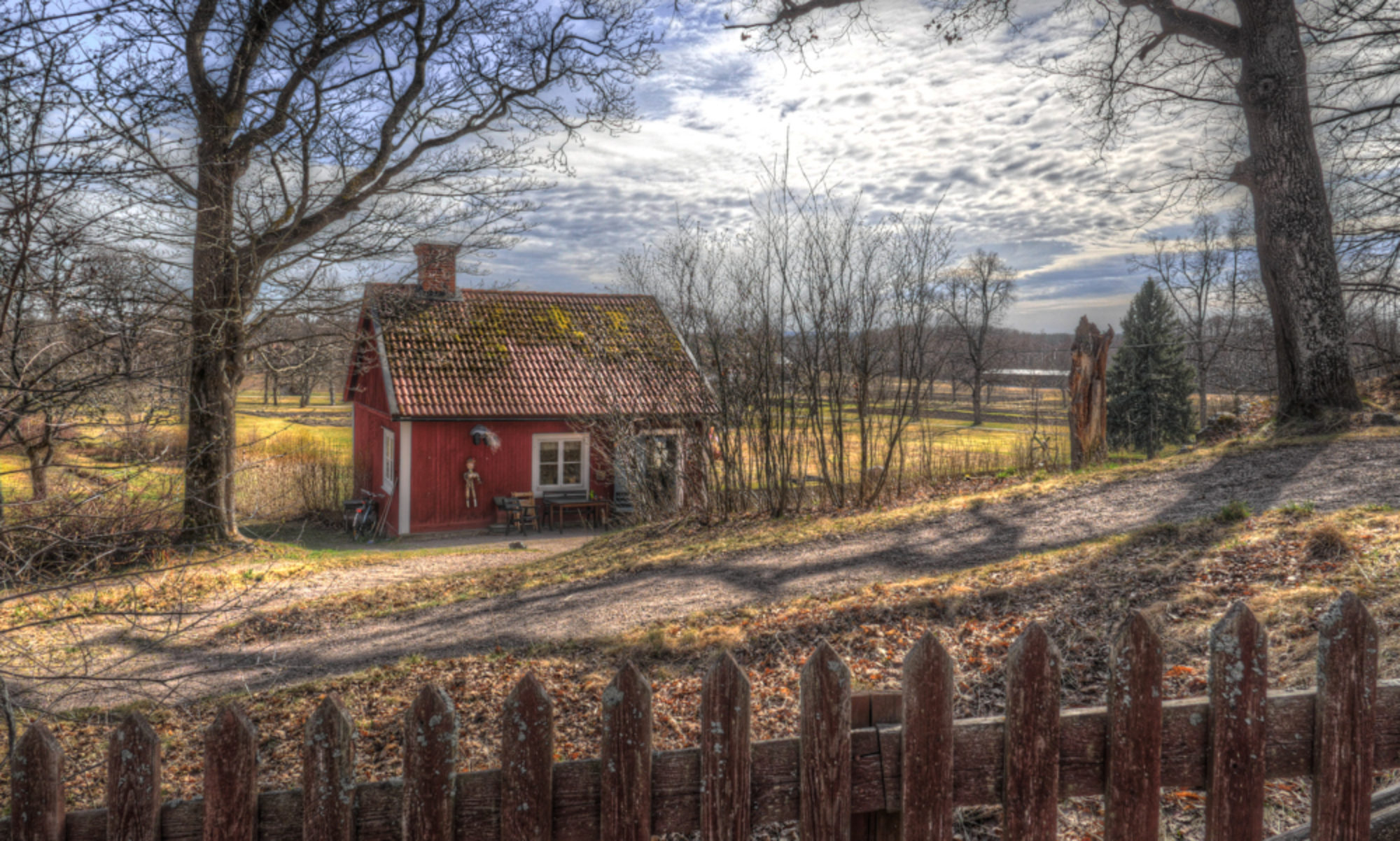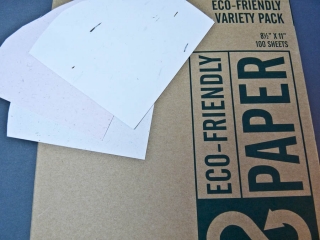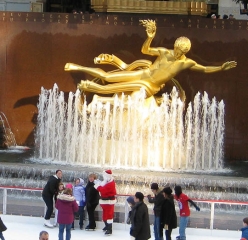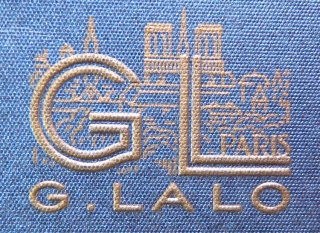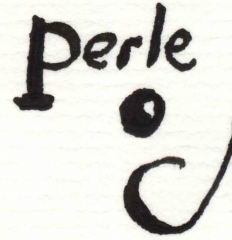Please bear with me since I’m going to cover a lot of ground in this post. Really, if I wasn’t so lazy I’d make this into three different standalone posts instead of this omnibus one but I can justify running the subjects together since they do link up.
Think Ink
The seed of this post started as an ink review. I hate doing ink reviews since so many people do them better than I with the same inks and usually far earlier. Certainly I could do samples, test drying times, and talk about saturation but there’s no way I could spin it so it wasn’t repetitious. None-the-less I did get two free J. Herbin inks from the great Quo Vadis Blog St. Patrick’s day giveaway this year and I felt it only right that I make mention of them.
The inks were supposed to be some variant on orange and green (the colors of the Irish flag along with white) and so I had to sit down and decide which to ask for. The only green I don’t have from J. Herbin was the Diabolo Menthe and so that choice made itself. Orange provided a different challenge in that I already had the only one available: Orange Indien. Thinking out of the box I did see another ink that has a bit of orange undertones called Ambre de Birmanie. A few weeks later both inks arrived through the good auspices of Karen Doherty at Exaclair.
Without a real plan about how to review them I did do some writing samples with both inks to check them out. Recently I restored an interesting Conklin pencil and pen set which I decided to fill with one of the inks. Most people think of Wahl when metal fountain pens are mentioned since they advertised their line heavily in the early 1920s. However, other manufacturers made similar pens such as the rolled gold ones seen in the picture below. The checked design and proportions are reminiscent of the Wahls with the most noticeable differences being the domed ends and Conklin patent spring clip.

After trying the pen with Ambre de Birmanie I was surprised by how much I liked the results. While not super saturated the pleasant color and nice line shading that was displayed is very pleasing. This test led to me noticing the Conklin’s #3 semi-flex nib showed some disturbing ink starvation. Over time I’ve happened across articles that mention that even the flexible old pens of yore were not meant to flex as wide or as long as a calligraphy pen, for example. Still there are some that can maintain a happy ink flow for a good long time. This pen didn’t do that.
Fussing With Flex
I can live with the Conklin’s ink flow since I think it just might be the way it is but it did make me think of another pen I had that was bedeviling me with similar problems. The history of this one is that a year or so ago I found on an old Sheaffer parts pen a nib that was actually flexible. After some trial and error I put together a pen from old parts to give this nib a new home. I called it “Frankenflex”. From the beginning I noticed there wasn’t enough flow and as the nib flexed the ink dried up. I put the project aside and almost forgot about it till I was looking for a pen to try the Diablo Menthe in and saw it laying there. Taking another crack at the pen and seeing if it really was as bad as I remember seemed like a good idea. As you can see from the second writing sample shown later in this post I did not imagine the flow problems. There are many areas where the line separates into two small tracks which are the two tines distanced from each other with no ink flow to fill the middle.
As for the Diablo Menthe ink I don’t quite like it. It’s very light and thin looking even when it shades darker which isn’t endearing. I’ll keep thinking of a good use for it, though, and maybe one the right color paper it will grow on me.
After filling the Frankenflex I decided to get back at trying to make it write correctly. Ink flow has a few different aspects to it including the amount of ink, the viscosity of the ink, and the way the surface tension is maintained. The mechanics behind those include the distance between feed and nib, the size of the ink/air channels, and the shape of the nib slit. There’s a lot more to it than those factors (some good information about this can be found here) but those I mentioned are ones a simple mind like mine can handle. Deciding that widening the channels on the feed was the way to go I went to work.
If you look at the first picture below you’ll see the parts of the pen that do the heavy lifting. On a Sheaffer of this era the feed (A) has a long half-round extension (B) which slides into a hole at the end (which you can see in the next picture). The ink travels up this feed extension into the middle of the feed proper where is gets to the underside of the nib through a slot cut into the topside. It’s a bit more complex than the usual feed you see in fountain pens of this era but still rather straightforward. My goal was to increase the width and depth of the feed channels and the width of the top feed slot. Hopefully by doing this I would increase the flow and supply the nib enough ink to keep it from drying out when flexed to make a thick line.
I used an X-acto knife and some fine sandpaper to attack the job with. Heeding the saying “easy does it” as a guide I only modified a little each time and then put the pen back together to test how it wrote. The third picture in he set above will show you what the feed looked like after I widened it a bit. A series of writing samples seen below show my progress (and frustrations) as I worked along. Test 2 looked like I was making progress and I was happy. However, it still needed improvement so I went back to make more adjustments. The third sample you see looks worse than the second one for no reason I could figure out. Fickle is the fountain pen and its ink feed mechanism! Confused but not beaten I took it all apart again and did more adjusting and widening. Finally we come to the last test and its satisfactory result. There is a lot of improvement in general and it was a nice point to stop before doing more damage than good. Yes, I’m very good at doing damage if not careful.
You may notice I used a different ink in each test and pose the question did that make a difference in flow? I do find that thin inks don’t seem to work as well in flexible pens as ones that are more syrupy. I’ve not done a controlled scientific-y test to see if this is correct and the fact that denser liquids have less capillary action would seem to contradict my observations so I just wind up confused as usual. The picture below shows the Frankenflex nib with the tines widely separated. Between them is a ribbon of ink that when it breaks stops in the ink from making a solid line. The goal of all this was to keep that ink flowing down the gap.

Padding This Post
There is one more thing I really need to mention before finishing this all up: For the samples I used the new Rhodia Dot Pad which I recently purchased. It’s quickly become my favorite pad style due to the both the pattern and the paper. Rhodia pads always have great fountain pen friendly paper in them and this pad is no exception. The smooth 80g acid-free, pH neutral paper has purple dots in a grid on it which is both useful and discrete. I’m really sold on it.
You’ll also see a lovely roller blotter in the picture below that was purchased for me (I paid him for it, don’t worry) by Rodney, a grand person from the great state of Hawaii. It’s made of the native Koa wood by David Mozdren who runs The WoodJoint (808-294-3283 is the number but no website and I know nothing more of his work). The wood is beautiful and often used in the construction of musical instruments like Ukuleles.

Musical Finish
So, we come to the end of this rambling post with something I thought I’d never mention: Ukuleles. Maybe in the future I’ll fit Zithers or Theremins in somewhere.
